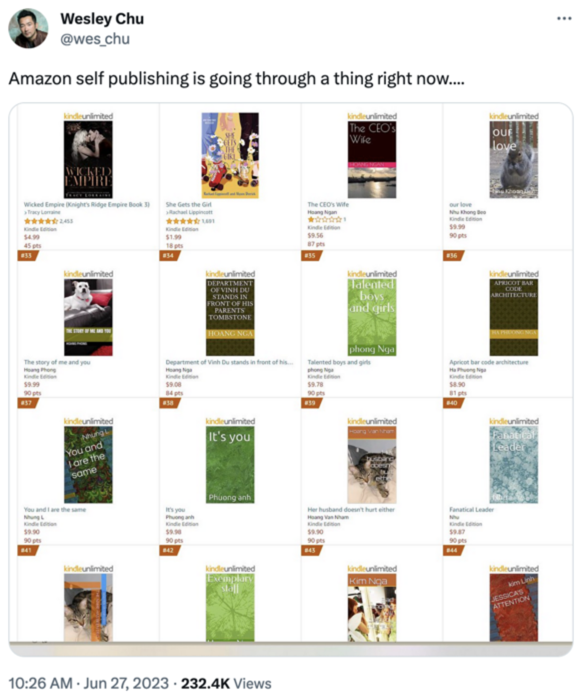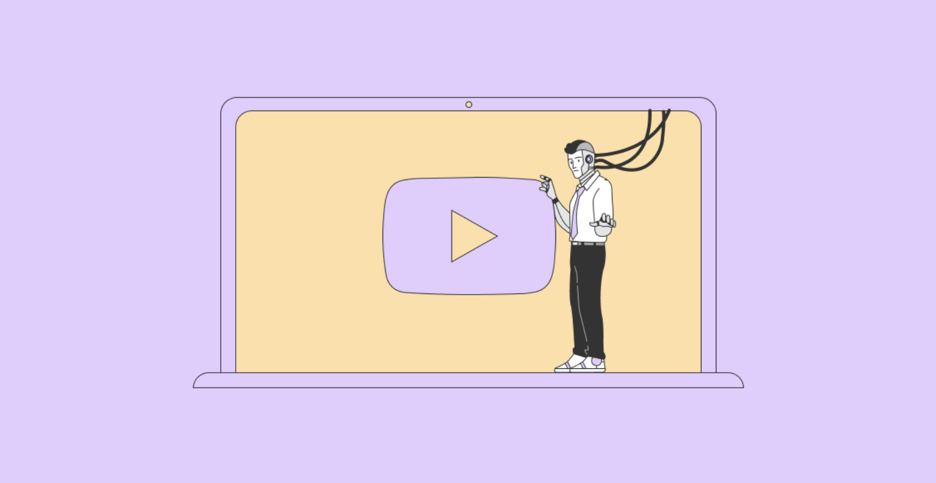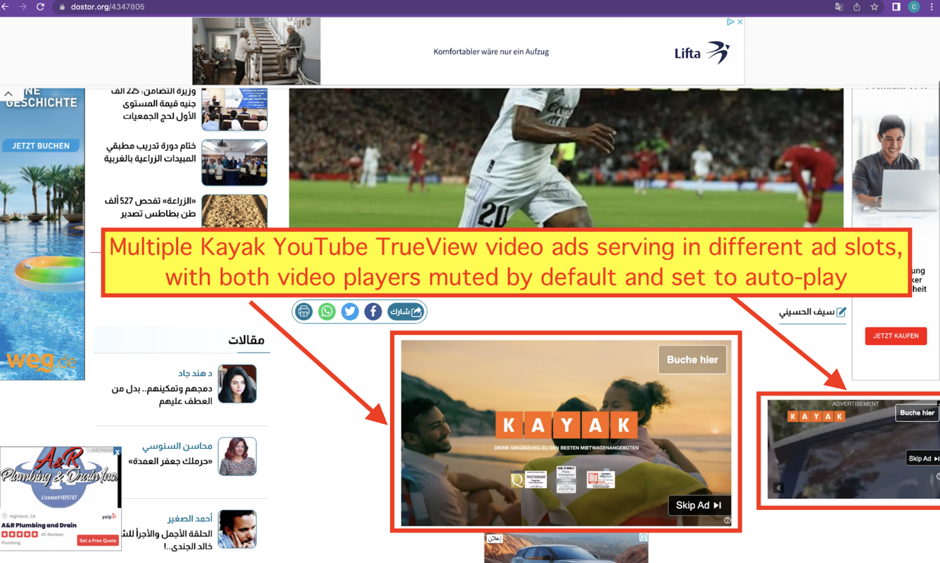Greetings, everybody. Let’s begin today’s newsletter with an entertaining peek at a recently-halted Kindle Unlimited phenomenon. If you don’t know what Kindle Unlimited is, your first guess is probably close to the mark: it’s a $12-per-month Amazon subscription service that’s often described as “Netflix for books” (despite some key differences). Subscriber numbers aren’t public knowledge, but an outfit called Written Word Media used some published figures (like total royalties paid and available titles, among others) to estimate that there were 3.4 million regularly active, paying Americans in 2021.
The Kindle Unlimited experience was pretty dystopian a few days ago. The platform’s bestseller list (which Amazon uses to populate its recommendations) was chock full of AI-generated gobbledygook. Here are the titles of two books that were aggressively promoted as recently as 48 hours ago: Department of Vinh Du stands in front of his parents’ tombstone and Apricot barcode architecture (first sentence: “Black lace pajamas, very short skirt, the most important thing, now this lace pajamas are all wet”).
The party’s over now. Amazon was forced to get its act together after Vice published an article on Wednedsay about the Kindle Unlimited ecosystem getting hijacked by algorithm-driven gibberish. It was fun while it lasted.
In bigger news, we probably owe all of you an apology for periodically recommending Google ads over the past year or so. As it turns out, Google has been knowingly ripping its advertising customers off (at least when it comes to video ads) for years. We’re going to explain the way Google’s video ads are supposed to work and then we’ll let you know what’s wrong with them in practice.
Google uses state-of-the-art analysis bots to categorize every video that gets uploaded to YouTube. Once YouTube knows all the boxes a given video checks, it holds a warp-speed auction every time someone clicks to watch it. In addition to everything known about the video, the auction will factor in the information YouTube has about the viewer (watch history, language, location, device, gender, income bracket, age, interests, etc).
Let’s say a woman in Michigan clicks on a video about summer honey storage. In the fraction of a second before the video starts playing, YouTube might check with Tupperware, a Mason jar company, and Ziploc to see how much they’re willing to pay to show an ad to a middle-class, retired teacher living in the 48211 ZIP code, watching a video on an iPhone 11 in portrait mode. As complicated as that seems, any actual, real-world example would include more factors.
Without getting too detail-heavy here, we should also point out that the highest bidders don’t always win these auctions. Advertisers don’t have to pay when viewers choose to skip their ads. So, if Ziploc is willing to pay two cents to show its ad, it could lose the auction to a one-cent bid from Tupperware if viewers are 51% less likely to skip Tupperware’s ad. Google’s goal is to make as much money as possible, so ad skip rates are a consideration too.
Don’t worry if you got tripped up trying to follow the mechanisms that govern which ads accompany YouTube videos. The main point is that YouTube presides over a reasonable and transparent auction system that advertisers understand and are on board with.
Here’s the thing. Most Google video ads get placed outside of YouTube. The Google Video Partners (GVP) program brokers video ads elsewhere on the internet. It’s expensive, but advertisers are willing to pay the high prices because GVP promises three things: 1) ads only get placed on high-quality websites, 2) its ads run before the main video content on any given page, with the audio on, and 3) brands only pay for ads that don’t get skipped. In effect, advertisers are given the same guarantees they’d get if they were advertising on YouTube.
According to a study from Adalytics, around 80% of Google’s video ad placements break at least one of those promises. The study seems to be pretty credible. It’s long and detailed, analyzing billions of ad impressions between 2020 and 2023. It includes plenty of evidence (the screenshot above this paragraph is taken directly from the report). Trustworthy news sources like The Wall Street Journal and The Guardian are now covering this story.
In practice, the majority of these supposedly high-quality GVP ads get situated in places where people can’t see them, automatically playing while muted. In many cases, the video players running these ads get obscured by different ads. Sometimes, the video frames get truncated in such a way that the “skip ad” buttons aren’t viewable or clickable.
We’re only scratching the surface. These ads have so many glaring, blatant deficiencies that we can’t understand how Google got away with selling them for (at least) three years. It’s not like the primary victims are small, mom-and-pop shops that can’t hope to stand up for themselves in court. Google has been ripping off the richest companies in the world with these faulty video ads: Johnson & Johnson, Bayer, JPMorgan Chase, Ford, American Express, Honda, HP, Disney, Mercedes Benz, General Motors, Samsung, Microsoft, Volkswagen, IBM, and, frankly, way too many more to list. If you click on the study, you’ll see tons of known victims after the fourth graphic.
We’re not sure if there’s a moral to this story. Just do your best to figure out exactly what you’re getting if you pay for Google video ads. It would probably be a good idea to get to the bottom of any kind of ad Google charges you for.
All right. We have a few links to finish up with. First, Search Engine Journal published 5 SEO Techniques To Grow Organic Traffic yesterday. Next, a Wall Street Journal article from Wednesday warns against “rage applying” for jobs after a bad day; recruiters can easily spot these submissions and automatically toss them in their “no” piles. You could end up suffering in a boy-who-cried-wolf kinda way if you really do need to find a new position someday. Third, this Vox article explains why streaming services are yanking so many shows these days. Finally, this New York Times article covers Linda Yaccarino’s first few weeks as Twitter’s new CEO.
Have a great weekend, everyone. Get in the habit of washing your hands more often than you think you need to. There’s some nasty stuff going around. You don’t want to end up with a sore throat that stings every time you swallow. We’ve been dealing with it for days now and it sucks.



